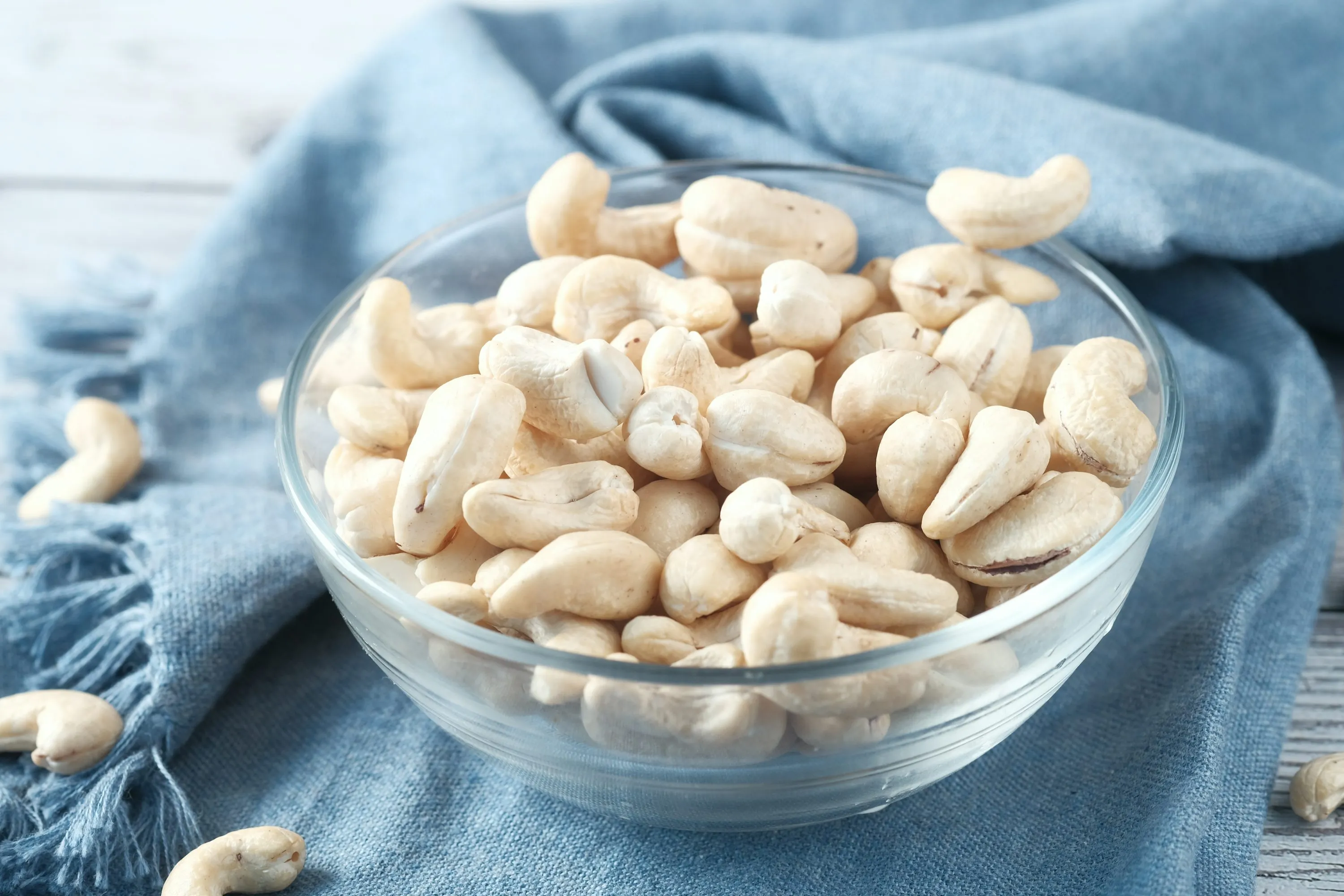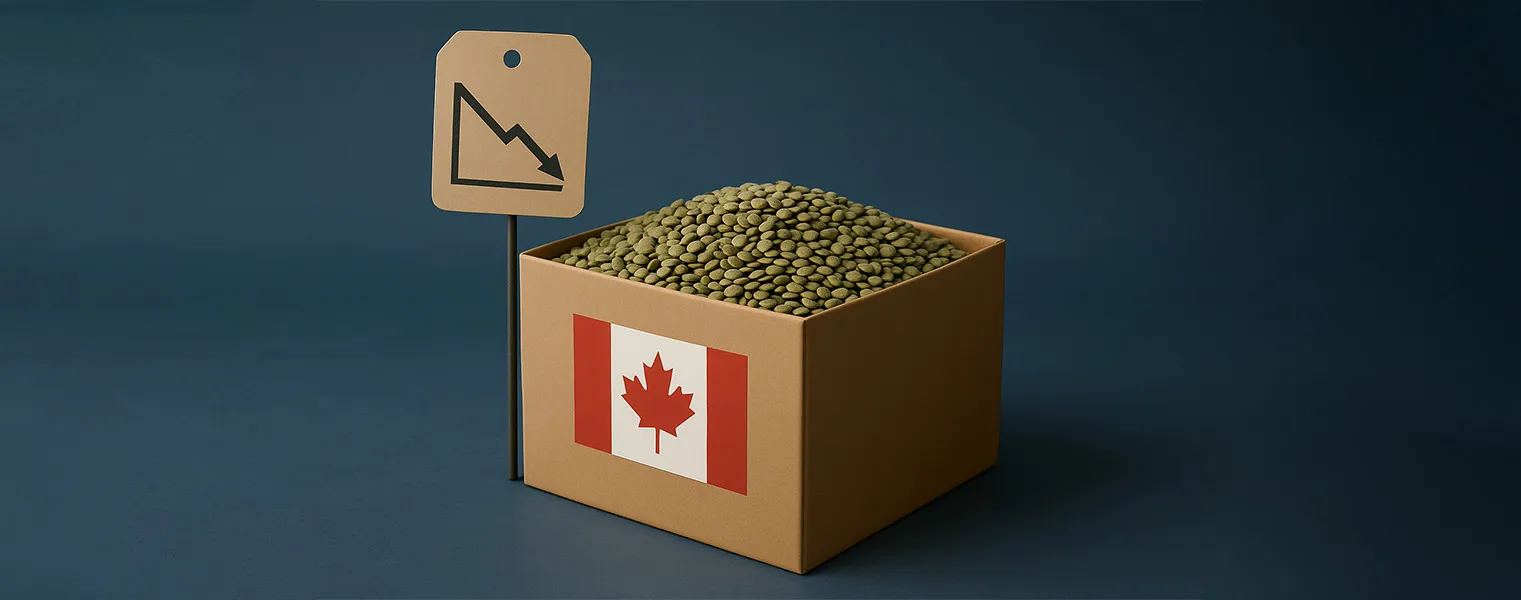Vietnam Smashes $4.34B Cashew Export Record & India’s Share Plunges to 8%: Will Cambodia Surpass Expectations?
Cashews continue to be a high-demand commodity worldwide, largely driven by shifting dietary preferences toward healthier snacks and plant-based proteins. In 2024, global cashew trade was valued at USD 7.78 billion, and experts forecast this figure will climb to USD 8.14 billion in 2025 and USD 11.67 billion by 2033. Below is a comprehensive market update examining the latest developments, production status, major exporters/importers, product quality, harvest timelines, current prices, and future outlook.

1. Latest Market Updates & News
A. Vietnam Maintains Global Export Dominance
- 2024 Export Record: Vietnam exported around 724,000 tons of cashew kernels worth USD 4.34 billion, up 12.4% in volume and 19.2% in value compared to 2023, marking an all-time export high.
- Key Markets:
- United States: Spent USD 1.15 billion for nearly 192,200 tons of Vietnamese cashews in 2024, up 21.3% in volume and 30.3% in value from 2023.
- China: Imported 117,000 tons, valued at USD 687.84 million (+18.9% in volume and +14.4% in value year-over-year).
- European Union: EU cashew imports reached 185,189 tons (+10.8%), with Vietnam supplying 132,118 tons—a 7.3% increase from 2023.
- Reliance on Raw Imports: Vietnam imports 90% of its raw cashew needs, mainly from Cambodia, Côte d’Ivoire, and Ghana.

B. Cambodia’s Rapidly Expanding Cashew Sector
- Record Shipments: In 2024, Cambodia exported 815,000 tons of raw cashew nuts (RCN), valued at USD 1.15 billion, marking a +24% increase in volume and +31% in value year-over-year.
- Major Buyer – Vietnam: About 90% of Cambodia’s cashew exports go to Vietnam’s processing industry. Cambodia’s total production soared to 850,000 tons (+26% from 2023), positioning it as the world’s second-largest producer (behind Côte d’Ivoire).
- Growing Importance: Cambodia’s cashew farming is becoming a lucrative alternative to other crops (e.g., rice, pepper, and rubber), buoyed by strong export demand and supportive government measures.
C. India’s Stable Prices & Reduced Global Share
- Export Decline: India once held 43% of global cashew exports a decade ago; today, that figure is just 8%.
- Stable Pricing: Indian cashew FOB rates have remained firm, with W240 at USD 8,685/mt, W320 at USD 8,035/mt, W450 at USD 7,320/mt, LWP at USD 6,690/mt, and SWP at USD 6,025/mt.
- Need for Modernization: Analysts stress that India must adopt large-scale processing, automation, and cost-effective strategies—akin to Vietnam—to recapture market share.
D. Tanzania’s Production Jumps 34%
- Harvest & Exports: Tanzania produced 408,600 tons of raw cashews in the 2024-25 season (+34% from 305,000 tons previously).
- Auction System: Official auctions yielded USD 1.48–1.51 per kg for RCN, boosting farmer incomes. Tanzania exported 337,700 tons (83% of total production) by January 30, reinforcing its status as a key African supplier.
- India as Main Buyer: Strong demand from Indian processors underpins Tanzania’s export success.

2. Global Production Status
- Côte d’Ivoire remains the top producer of raw cashew nuts (RCN) with over 1 million mt, though precise 2025 figures are forthcoming.
- Cambodia has emerged as the second-largest RCN producer, surpassing many African competitors.
- Vietnam cultivates domestically but heavily relies on imports (notably from Cambodia, Côte d’Ivoire, and Ghana) to support its massive processing and export-oriented operations.
- India still commands a large plantation area (~700,000 hectares) but is grappling with reduced global export share due to higher labor and finance costs.

3. Major Exporters and Importers
- Exporters
- Vietnam – The undisputed global leader, catering to the U.S., China, EU, UAE, Japan, and beyond.
- India – Historically significant; now focusing on domestic consumption and select exports (particularly to the Middle East).
- Tanzania – A vital East African supplier, particularly of raw nuts to India.
- Brazil – A smaller but stable exporter to niche markets, though overshadowed by Vietnam and African nations.
- Importers
- United States – The largest buyer of processed kernels from Vietnam, with annual import values exceeding USD 1.15 billion in 2024.
- European Union – Growing steadily, hitting 185,189 tons in 2024; top markets include the Netherlands, Germany, and Spain.
- China – Expanding its demand for cashew snacks; second-largest importer from Vietnam.
- Middle East – A potential target for both Indian and Vietnamese exporters, especially markets like the UAE.
4. Product Quality, Harvest Timing & Key Characteristics
A. Product Quality
- Cambodian Cashews: Known for consistent quality and higher oil content, which Vietnam’s processors favor.
- Vietnamese Kernels: Valued for standardized processing; meet stringent EU, U.S., and Chinese regulations.
- Indian Nuts: Often premium in taste and texture, but elevated production costs challenge global competitiveness.
B. Harvest Times
- Southeast Asia (Vietnam, Cambodia): Typically harvest from February to May, though local variations exist.
- West Africa (Côte d’Ivoire, Ghana): Harvest from March to June.
- East Africa (Tanzania): Harvest peaks September to January, with official auctions from October onward.
C. Current Farmgate & Auction Prices
- India: Ranges from USD 6,000 to 8,700 per mt depending on kernel grade (W240, W320, etc.).
- Tanzania (RCN): USD 1.48–1.51 per kg via auction, a marked increase from last season’s USD 0.55–0.91.
- Cambodia (RCN): Typically negotiated with Vietnamese buyers; 2024 deliveries averaged about USD 1.07 billion in import value for Vietnam.
5. Prices Now & Future Trends
- Stable or Slightly Rising Prices
- India’s W240 at USD 8,685/mt underscores strong domestic demand.
- Vietnam’s FOB prices hover around USD 6,000/ton for standard kernels (2024 average). Experts foresee modest upward momentum in 2025 due to robust consumption in the U.S., EU, and China.
- Supply Chain Shifts
- African nations like Côte d’Ivoire and Tanzania are increasingly focusing on local processing rather than raw exports, potentially tightening supply for Vietnam’s processing sector.
- Competition among Southeast Asian countries (Cambodia, Vietnam) remains strong but cooperative, with cross-border raw nut flows continuing at scale.
- Rising Global Demand
- The shift toward healthy snacking and protein-rich diets continues to boost cashew consumption.
- Market value is expected to surpass USD 8.14 billion in 2025, with an average annual growth of 4.6% through 2033.

6. Market Analysis & Signals
- Vietnam:
- Pros: World-leading processing technology, stable demand from the U.S. and EU, strong government support.
- Cons: Reliance on imported raw nuts, potential supply disruptions if African nations restrict raw cashew exports to encourage domestic processing.
- Outlook: Positive, with projected exports exceeding USD 4 billion in 2025.
- India:
- Pros: Vast domestic market, recognized brand for premium cashews, proximity to Middle East markets.
- Cons: Higher production costs, less automation, losing global export share to Vietnam.
- Outlook: Growth likely in higher-value niches and domestic consumption; needs modernization to compete internationally.
- Cambodia:
- Pros: Rapidly rising production, strong ties with Vietnam, relatively favorable climate.
- Cons: Overreliance on Vietnam as a single export destination, limited domestic processing.
- Outlook: Upbeat if it diversifies markets and invests in local added-value processing.
- Tanzania:
- Pros: Auction system ensures transparent pricing, significant production increase, stable demand from India.
- Cons: Production still below initial estimates, reliant on a handful of major buyers.
- Outlook: Positive, provided it continues to refine marketing strategies and maintain quality standards.

7. Additional & Complementary Updates
In reviewing the data and news content, here are further insights not fully explored above:
- EU’s Favorable Import Climate: Multiple free trade agreements and health-conscious trends in Europe offer new opportunities for suppliers, especially for organic or specialty cashew kernels.
- FTAs and Trade Policies: Vietnam’s government encourages exporters to leverage free trade agreements (e.g., EVFTA) to expand into Middle Eastern and African markets. Meanwhile, Indian stakeholders push for simpler loan terms, machinery subsidies (APEDA program), and tax incentives to modernize processing.
- Domestic Market Growth: Vietnam retains about 5–10% of production for local consumption, a figure gradually rising as domestic snacking and bakery segments expand. In India, robust internal demand significantly stabilizes the industry.
- Automated Processing: The shift towards large-scale automated facilities is critical. Vietnam excels in producing advanced machinery in-house, while India typically imports from Vietnam at higher costs. African countries (e.g., Benin, Nigeria, and Ghana) explore setting up more local processing but remain in early stages.
- Technology & Branding: Value-added products like cashew butter, spreads, and snack bars are increasingly popular. Marketers in Vietnam, India, and Tanzania are investing in branding strategies to capture premium niches and highlight superior taste, traceability, or unique terroir.
- Resilience in a Post-Pandemic Market: Following fluctuations in 2022 and 2023, global cashew trade has stabilized, benefiting from consumer trends emphasizing healthy eating. While supply chain disruptions have eased, raw material sourcing in Africa still poses logistical challenges (port congestion, container availability).

Conclusion
The global cashew industry continues on an upward trajectory, propelled by strong consumer demand, health-focused trends, and new market opportunities. Vietnam remains the dominant exporter, yet it faces potential raw material supply risks if African nations prioritize domestic processing. India sees steady prices but must reinvent its processing and marketing approach to regain global prominence. Cambodia and Tanzania are quickly rising with supportive government policies and robust buyer demand.
Short-term prices are stable to slightly bullish due to resilient consumption, while long-term growth hinges on improved supply chain integration, further processing innovations, and successful market diversification. Whether in the form of premium kernels, organic offerings, or high-value-added products, cashews are likely to remain a key player in the global nut and snack industry for years to come.
Frequently Asked Questions
FAQ 1: Why Has Vietnam Maintained Its Position as the World’s Leading Cashew Exporter?
Vietnam’s success stems from advanced processing technologies, efficient logistics, and strong market relationships with major buyers like the U.S., EU, and China. Despite importing most of its raw cashews from countries such as Cambodia and Côte d’Ivoire, Vietnam’s well-developed processing sector and international trade agreements help it remain globally competitive.
FAQ 2: How Are Cambodia’s Cashew Exports Affecting Global Supply?
Cambodia recently became the world’s second-largest raw cashew producer, exporting 815,000 tons in 2024. About 90% of these exports head to Vietnam for processing. This surge in Cambodian supply stabilizes global prices and ensures ample raw materials for international markets.
FAQ 3: What Is the Current Price Range for Cashew Kernels in Key Markets?
In India, FOB prices for W240 are around USD 8,685/mt, W320 at USD 8,035/mt, and W450 at USD 7,320/mt. Tanzania’s raw cashew nuts sold via auction fetch USD 1.48–1.51 per kg, while Vietnam’s average export price for kernels hovers around USD 6,000/ton.
FAQ 4: Which Countries Are the Largest Importers of Cashews?
The United States is the top buyer globally, importing over USD 1.15 billion worth of Vietnamese cashews in 2024. Other major importers include the European Union (with key markets like the Netherlands, Germany, and Spain) and China, which continues to grow its consumption of healthy snack foods.
FAQ 5: Why Is India’s Global Cashew Export Share Declining?
India’s share dropped from 43% to just 8% in about a decade. Rising labor costs, limited automation, and higher production expenses undermine its competitiveness against Vietnam’s cost-effective processing. Nevertheless, India’s strong domestic market and proximity to the Middle East present ongoing opportunities.
FAQ 6: How Are African Countries Like Tanzania and Côte d’Ivoire Impacting the Market?
Tanzania and Côte d’Ivoire are major raw cashew producers. Côte d’Ivoire leads with over 1 million metric tons, while Tanzania’s production jumped 34% to 408,600 tons. Many African nations now focus on local processing to capture more value, potentially influencing the global raw cashew supply to processors in Vietnam and India.
FAQ 7: Are Cashew Prices Expected to Increase Further in 2025?
Experts predict moderate to slightly bullish price trends, driven by growing global demand for healthy snacks, particularly in North America, Europe, and Asia. Factors like local processing initiatives in Africa and free trade agreements in Southeast Asia also shape future pricing.
FAQ 8: What Are the Key Challenges Facing the Cashew Industry?
Challenges include:
- Overreliance on imported raw materials (e.g., Vietnam importing 90% from overseas)
- Rising production costs in India
- Infrastructure and logistics hurdles in Africa
- Ensuring consistent quality, especially as global regulations tighten
FAQ 9: How Do Free Trade Agreements Impact Cashew Exports?
Vietnam and other Southeast Asian countries leverage free trade agreements to reduce tariffs and expand market access, particularly in the EU and Middle East. This can lower costs, encourage foreign investment in processing, and stimulate demand for cashews worldwide.
FAQ 10: Where Does the Cashew Industry See the Biggest Growth Potential?
Growth opportunities include:
- Value-added products (cashew spreads, butter, snack bars)
- Organic-certified and premium segments for health-conscious consumers
- Emerging markets in Africa and the Middle East seeking affordable protein sources
- Technological investments (automation and efficiency) to reduce production costs and improve quality









